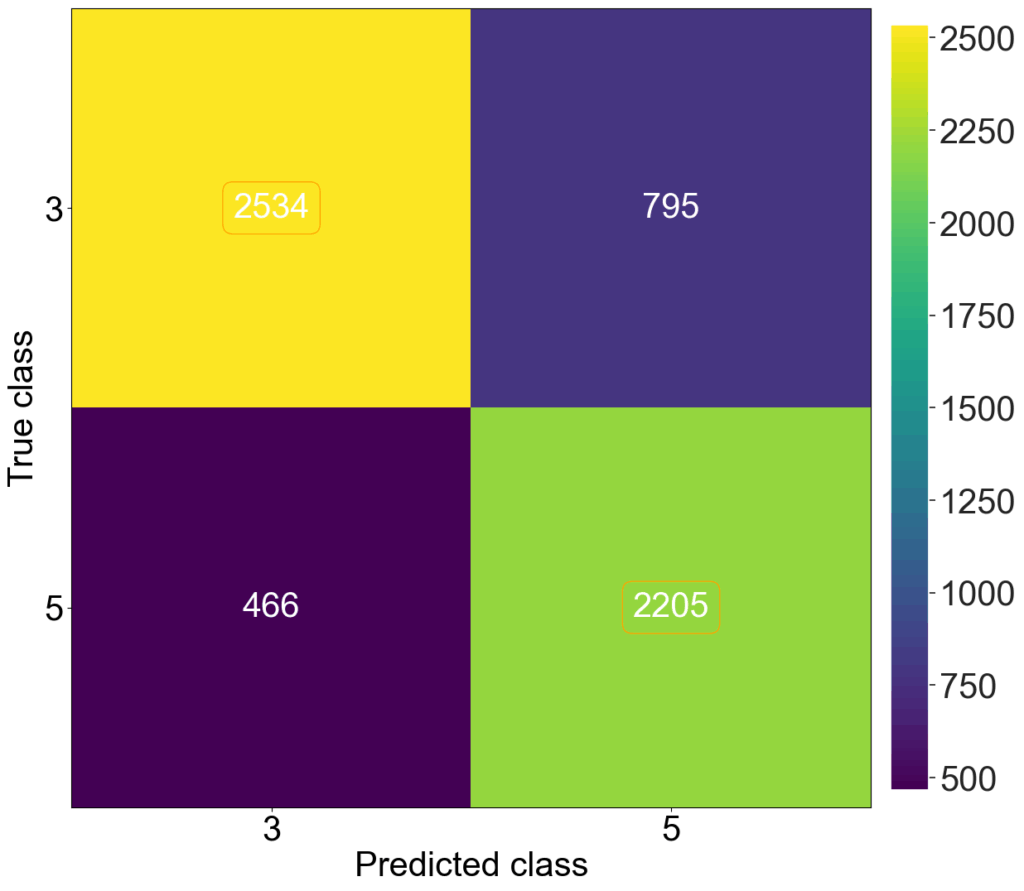Machine learning holds great promise for advancing hadron physics and deepening our understanding of the subatomic world
21 May 2025

We investigated a peak signal around MeV in the invariant mass spectrum, which has intrigued physicists as a potential candidate for a pentaquark, an exotic hadron yet to be fully understood or categorized. Despite numerous studies, there is no consensus on the signal’s quantum properties or its physical interpretation. To address this, we adopted a novel approach combining lineshape pole analysis and machine learning. Using a carefully prepared dataset, we trained a neural network to study the signal’s shape and identify its underlying structure. This approach minimized bias and included often-overlooked effects, making the analysis more robust. Our model suggests, with 79% accuracy, that the signal arises from three key components, known as “poles,” which describe its nature. This is the first report of such a structure for this signal and aligns with a theoretical hybrid model proposed in 2017. These findings offer a new perspective on the signal,using the three-pole structure as a foundation for future studies. While not definitive proof, our work highlights the promise of machine learning in advancing hadron physics. By demonstrating the potential of machine learning to uncover complex structures in experimental data, this study opens new avenues for investigating other unresolved phenomena and refining our understanding of the subatomic world.
Classifying signal enhancements near energy thresholds in invariant mass distributions is a complex task, often requiring extensive experimental data for unambiguous interpretation. These enhancements may correspond to a resonance, a quasi-bound state, a virtual state, or merely a manifestation of a singularity. In 2019, the pentaquark candidate was studied extensively and assigned various interpretations and quantum numbers. However, these interpretations, sometimes conflicting, could still fit the experimental data. Resolving this ambiguity typically involves identifying the signal in other interactions—a process that is costly in terms of finances, time, and human resources.
Our work provides an alternative approach to analyzing the 4312 signal. We employed deep neural networks and machine learning techniques to classify the pole structure of . The pole structure of a signal is a strong indicator of its true nature. In this study, we trained a neural network model using line shape amplitudes constructed solely from the first principles of the S-matrix. This approach ensured that the training dataset was minimally biased. Subsequently, we bootstrapped the experimental data and applied the trained model to determine the pole structure of the 4312 signal.
Our results present the first evidence of a three-pole structure for the signal, with an accuracy of 79%. This finding aligns with a general hybrid model proposed in 2017. While our results are not definitive, they demonstrate the potential and efficacy of machine learning in analyzing line shape amplitudes. This underscores the need for further development of our methodology. Moreover, our findings could serve as the foundation for a new dynamical model to explain the 4312 signal.
Authors: Leonarc Michelle Santos, Vince Angelo A. Chavez and Denny Lane B. Sombillo (National Institute of Physics, University of the Philippines Diliman)
Read the full paper: https://doi.org/10.1088/1361-6471/ad8ee3
